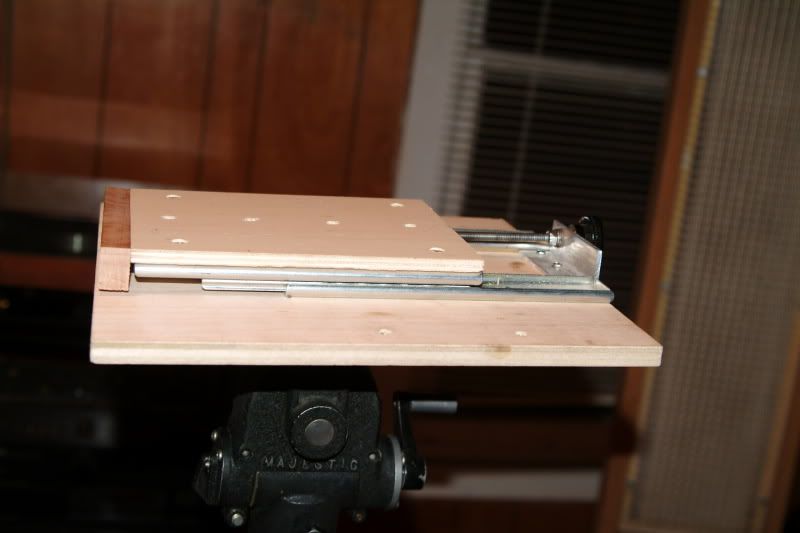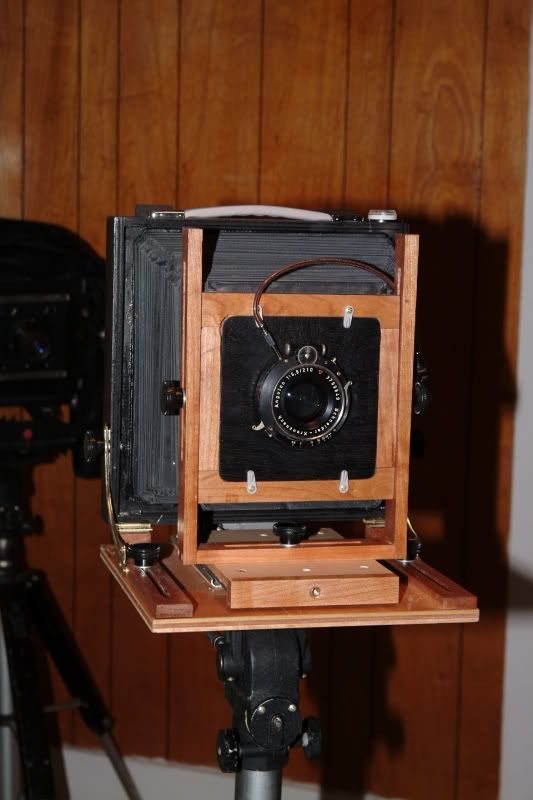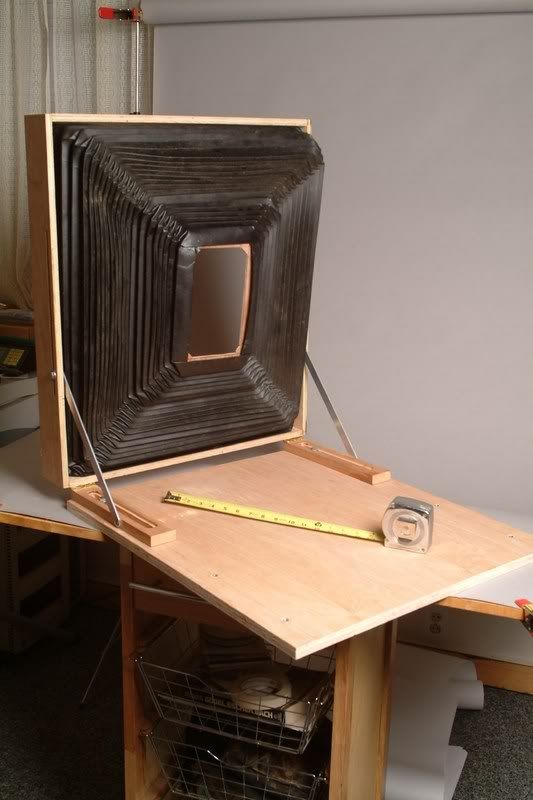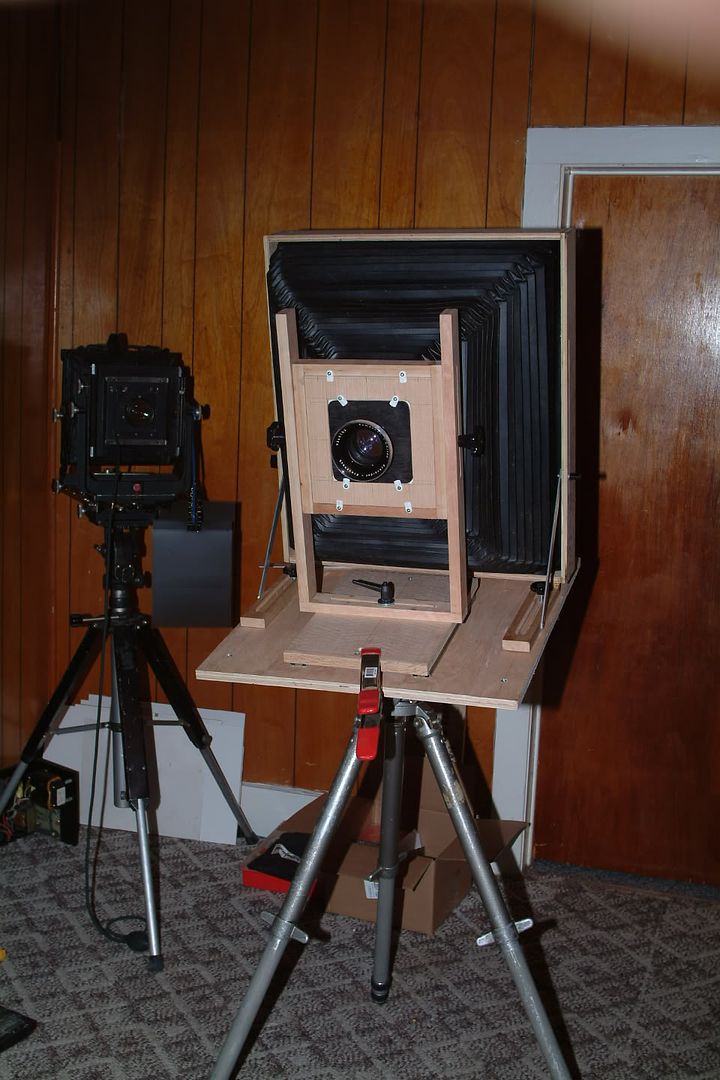Charles L Webster
pro member
Is the camera body lens mounting surface the only surface on a modern DSLR that is precisely positioned in relationship to the sensor?
I wish to do some high precision macro photography that requires that the sensor be exactly parallel to the object being photographed. The object is ~2" X 3" and will fill the 1.6 crop sensor frame, so I think my magnification ratio will be on the order of 1:10 or so.
The keystone distortion caused by trying to position by eye, or with the aid of lines on the focusing screen, or lines on the computer monitor in live view, is unacceptable.
I'm shooting with a 60mm macro lens at ~f/8 for maximum sharpness so there isn't any depth of field to speak of.
Does anyone have any suggestions besides spending gobs of money on a custom built focusing gauge?
The ultimate goal is to be able to make a sequence of such shots and stitch them together for multi-megapixel macros. But stitching requires a degree of precision I haven't been able to achieve yet.
Thanks,
I wish to do some high precision macro photography that requires that the sensor be exactly parallel to the object being photographed. The object is ~2" X 3" and will fill the 1.6 crop sensor frame, so I think my magnification ratio will be on the order of 1:10 or so.
The keystone distortion caused by trying to position by eye, or with the aid of lines on the focusing screen, or lines on the computer monitor in live view, is unacceptable.
I'm shooting with a 60mm macro lens at ~f/8 for maximum sharpness so there isn't any depth of field to speak of.
Does anyone have any suggestions besides spending gobs of money on a custom built focusing gauge?
The ultimate goal is to be able to make a sequence of such shots and stitch them together for multi-megapixel macros. But stitching requires a degree of precision I haven't been able to achieve yet.
Thanks,





